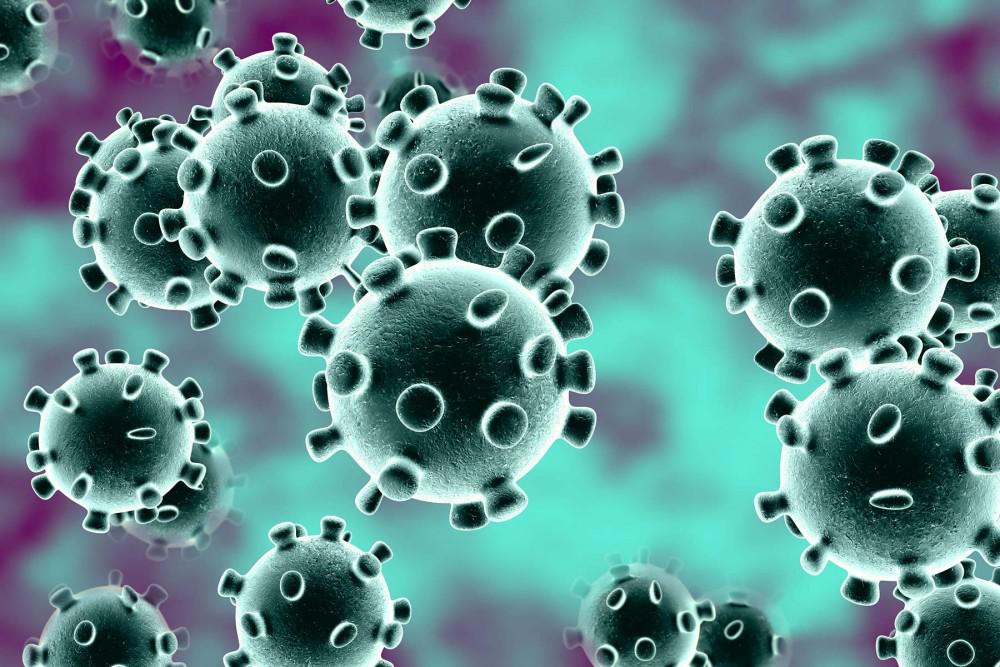Care of Sealants
At T.W.O., we believe preventing cavities is far more important than treating them.
Regular visits to the dentist, use of fluoride, daily brushing and flossing, and limiting the number of times sugar-rich foods are eaten contributes to good oral health. If these measures are followed and sealants are used on a child’s teeth, the risk of decay can be reduced dramatically or may even be eliminated!
A dental sealant is a material that is put on the chewing surfaces of the back of the teeth. We usually do this as soon as the first molar erupts at around age 6 and again when the second molar erupts at around age 12. The sealant material acts like a barrier, protecting enamel by keeping the bacteria and bits of food out of the pits and grooves.
By forming a thin covering over the pits and fissures, sealants keep out plaque which decreases the risk of decay. Since, the covering is only over the biting surface of the tooth, areas on the side and between teeth cannot be coated with sealant. Good oral hygiene and nutrition are still very important in preventing decay next to these sealants or in areas unable to be covered.
Good News- Sealing a tooth is fast and painless!
How to Maintain and Increase the Longevity of your Sealant?
Your child should refrain from eating ice or sticky/hard candy. This tends to fracture the sealant.
Normal retention of a sealant is up to 3 years.
Sealants that become displaced in the first 12 months will be replaced at no charge at TWO.








